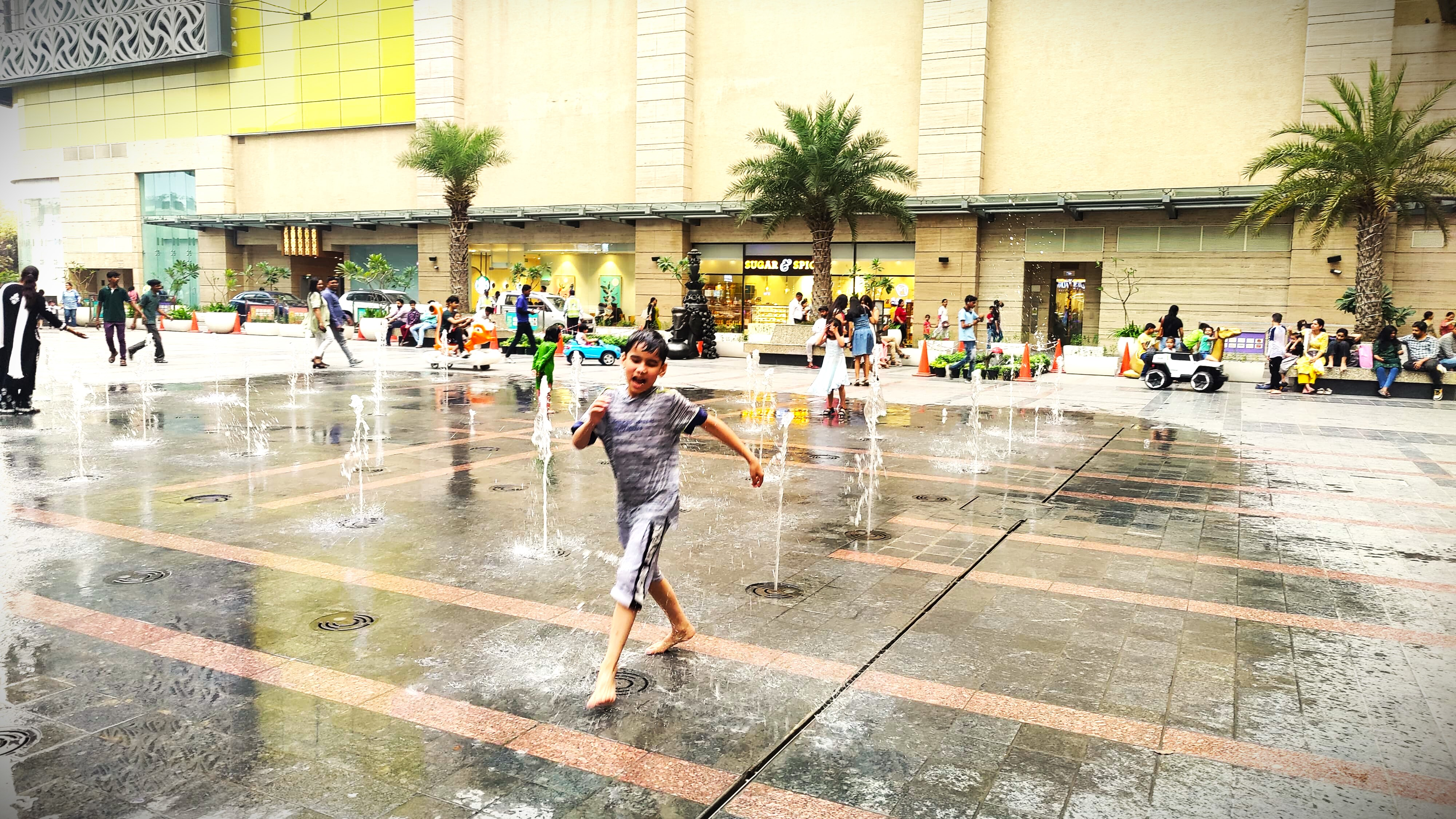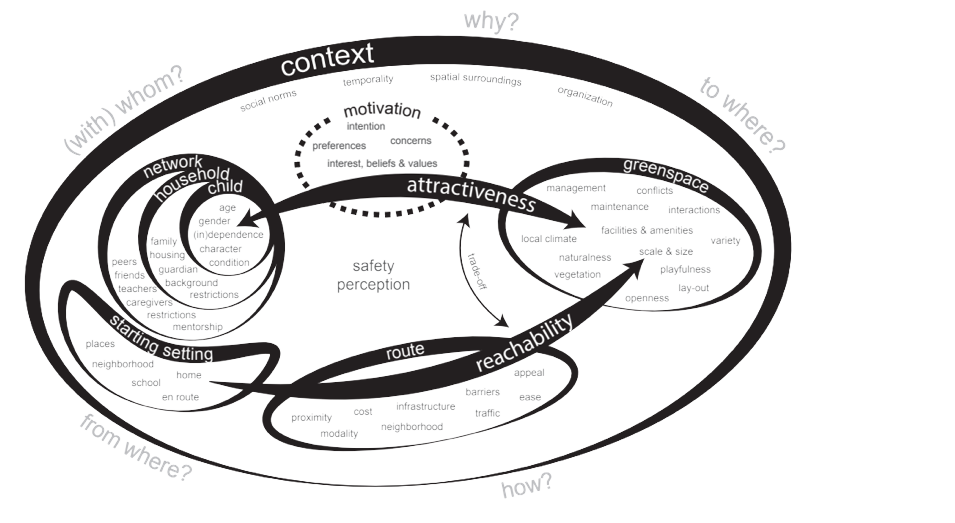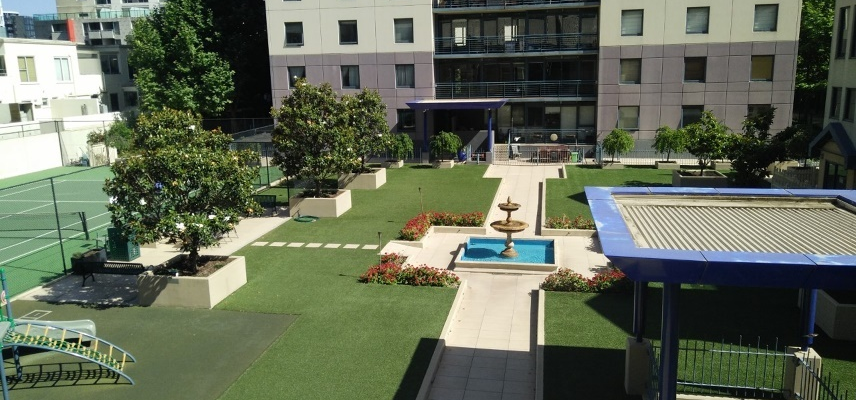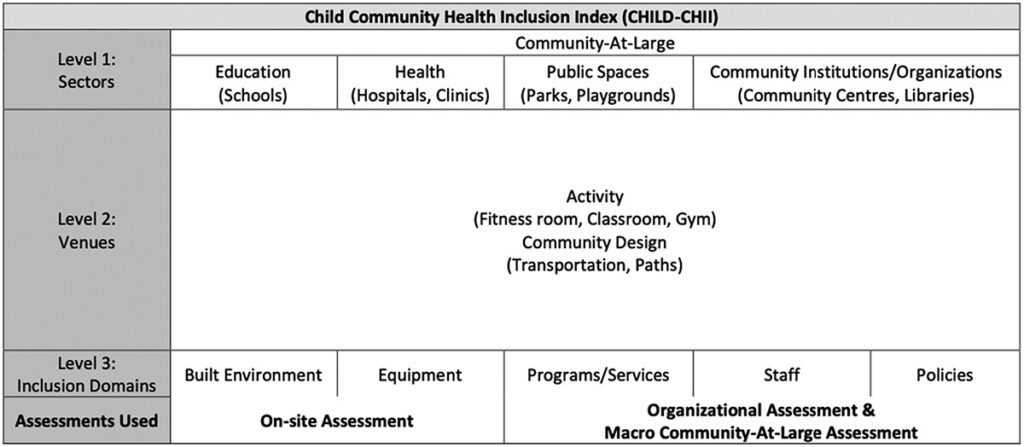City Know-hows

Emotions are an inherent aspect of people’s lives, and understanding the emotional response of people to the built environment can offer valuable insights into the spatiotemporal characteristics of urban spaces and their impact on the well-being of residents.
Share
Target audience
Urban designers and Planners, Policy makers, City administrators
The problem
Researchers argue that living in large urban cities evokes negative emotions. The emotional perception of urban spaces significantly contributes to the well-being of people and is a vital indicator of the quality of the urban environment. A comprehensive understanding of the impact of the urban built environment on the citizens’ emotions may help urban professionals design and plan cities where people feel more positive emotions, which can improve the liveability and happiness in cities.
What we did and why
Studies of emotion mapping have established a need to focus on the emotional aspects along with the economic, political, and sociocultural aspects of the city. This study explores the literature on different methods that researchers from around the globe are using to extract data on citizens’ emotions concerning the built environment. Where, when, and how people interact and feel about their environments may help professionals understand the cities better regarding well-being.
Our study’s contribution
This research adds to the existing knowledge of ‘urban design and mental health’ by focusing on how different emotion mapping methods can be utilised for understanding citizens’ emotions concerning the built environment.
It establishes an association between the components of emotions and the various emotion-mapping methods. Importance is laid on the integration of multiple methods in emotion mapping, which can help in holistically understanding citizens’ emotions, and further be exploited in designing healthy cities.
Impacts for city policy and practice
This research brings into focus the different emotion data collection methods, merits and limitations of each method, which may help the professionals in creating a holistic map-based dialogue of the emotional experience of a space. This study also focuses on how emotion mapping can increase the potential of public participation in the design and planning process, which can lead to better communication of the needs of citizens to the built environment professionals.
Further information
Full research article:
Emotion mapping methods in urban design and planning: a systematic search and review by Shreya Shukla and Tina Pujara
Related posts

Access to greenspace impacts children’s physical, social, and mental health. While the factors affecting children are different from those affecting the general population, many accessibility measures use the same principles for children as they use for the general population. We present a comprehensive visual overview of factors affecting children’s access, how it can be measured across geographical contexts, and what measures remain to be developed.

Apartment design guidelines in Australian cities should better consider the role of well-designed communal spaces to enable social connection amongst residents.

We must take a careful look into the structures, policies, and programs that may be barriers to inclusion of children with disabilities in the community. Assess to intervene and create cities that are inclusive of and healthy for all!